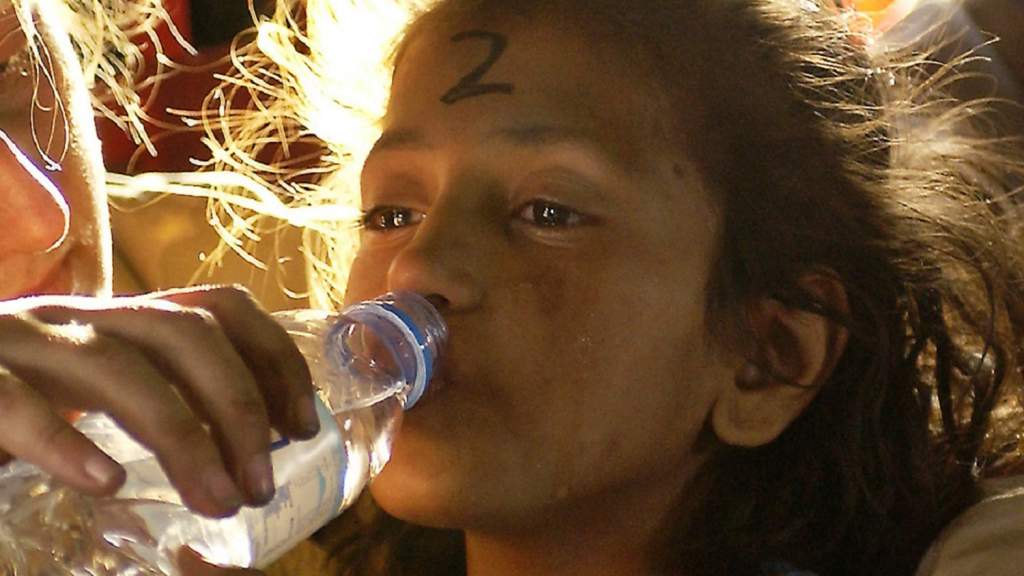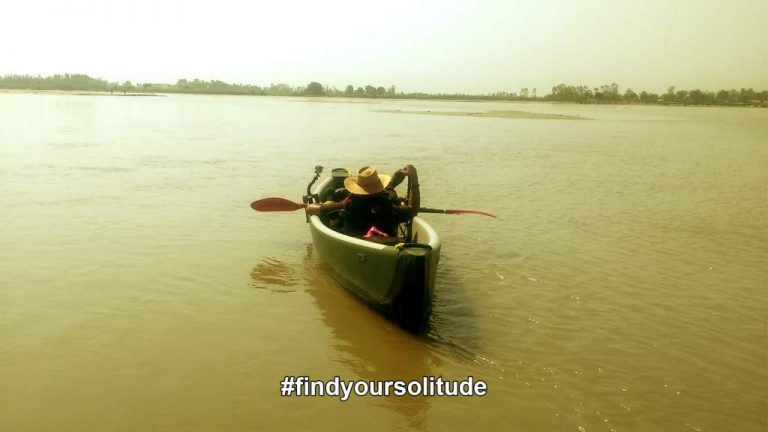What is the cost of the lives of three kids?
Well, with a global population of seven billion people, give or take a few million, three children does not sound like a very big number. In fact it is probably smaller than the proverbial drop in the ocean. But, let us put things in perspective.
Let us look at some unfortunate disasters.
- 239 passengers and crew were believed killed in the still missing Malaysian Airline Flight 653 that disappeared in March 2014. The world is still trying to find the aircraft.
- 149 passengers and 8 crew were on board the Ethiopian Airline Flight 302 that crashed six minutes after take-off. Boeing had to undertake major improvements in the aircraft after worldwide condemnation and many airlines grounding the Boeing 737 Max8.
- 2,606 individuals were tragically killed when aircraft flew into the twin towers of the World Trade Centre. The world has never been the same since that fateful Sep 11 day.
Now let us layer the three children I talked about at the beginning of this write-up. That is how many children die … only in India … of waterborne diseases. Not historically, not in a year, not in a month, but every single minute. That is more than a million and a half children a year who suffer and die by drinking or otherwise coming in contact with contaminated water. By the way, this is in addition to another 37,700,000 people who are affected thanks to waterborne diseases like cholera, diarrhoea, dysentery, typhoid, giardia, Hepatitis A & E, e-coli, etc. According to some estimates, 73 million working days are lost and leading to an economic loss of a whopping US$ 600 a year.
If we parallel the casualties of the Sep 11 attack with that of the death of children due to waterborne diseases, India faces a similar casualty figure EVERY ELEVEN HOURS. Or a disappearing Malaysian Airline flight every 80 minutes.
My question is why these largely preventable deaths do not attract the kind of attention that other major disasters do? Is the death of three children every minute not “major” enough to warrant discussion? Or have we become so immune to this reality that it has become the new normal? Or is it because most of the children who die are not from the mainstream, not from the PLU community? What’s PLU, I hear you ask. PLU … People Like Us. No, they are not people like us, not most of them. They are the unfortunate ones who live just beyond the fringes of “civilisation”, probably not even considered important enough to be counted in economic terms. In any case, there is a over-population problem in India, and this is Nature’s way of trying to bring in some balance. Is this how we think? At least some of us who have the privilege and the opportunity to do something about it?
Can we stop suffering from Rectal Cranial Insertion, get our heads out of the crater placed at the centre of our individual gluteus maximum and do something about it? Or will we leave it for a time in the future when such calamity will reach closer home and affect someone we love?
![]()







Yes, Disaster Resilience Emergency Traing should be taught in schools by people like your good self Chandan Lahiri.
Thank you.
Kind regards,
Alex Foster.
Thames Auxiliary Marine Service.
True Alex. But this is about something that is not disaster related. It is about the decreasing access to clean drinking water not only in India but in large parts of the world that is resulting in the unnecessary deaths of so many people, particularly children.